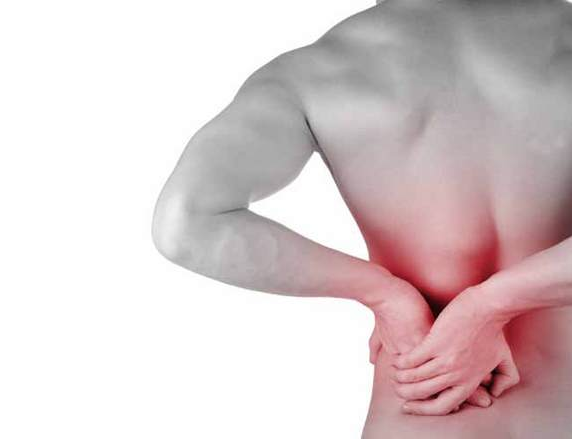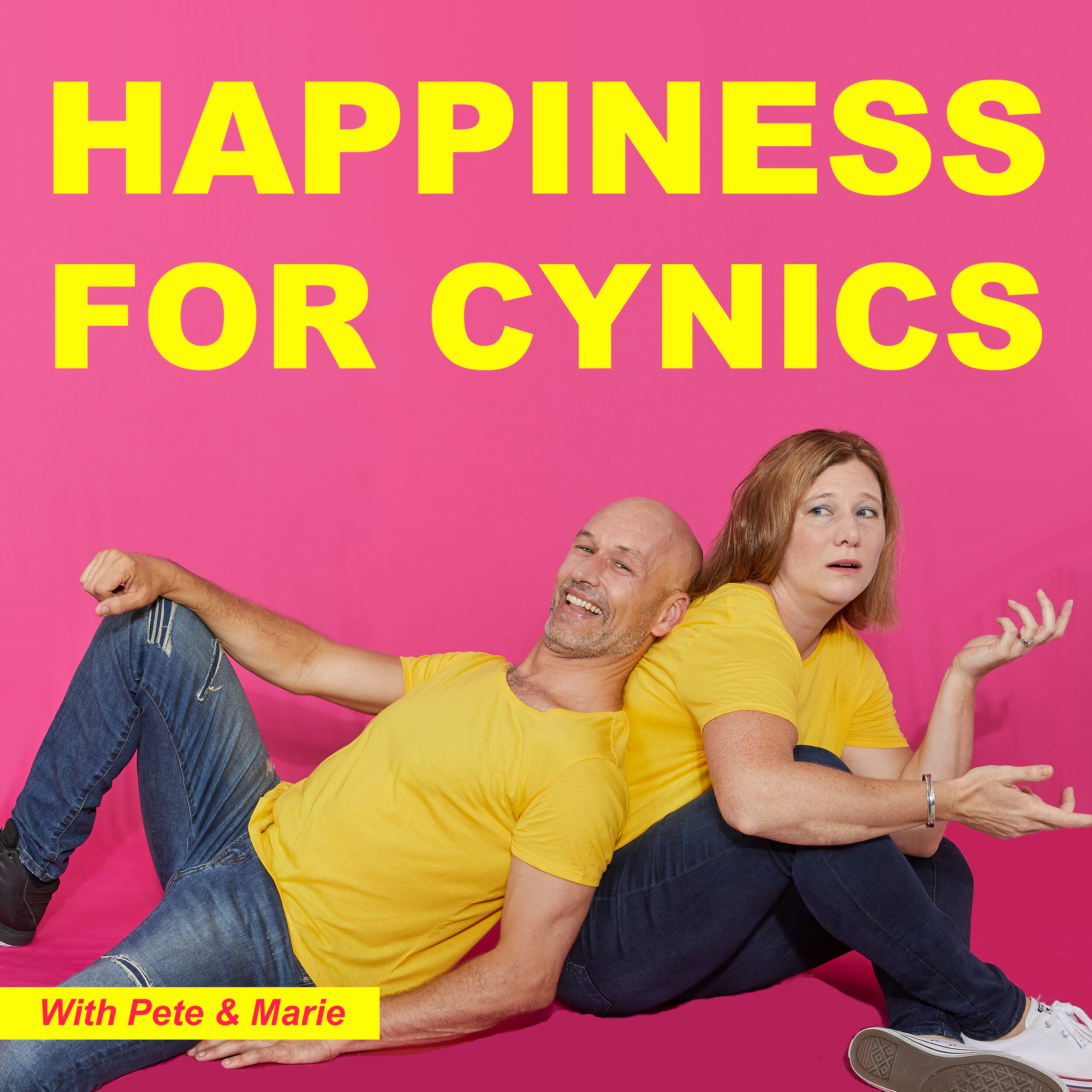In any form of recovery from injury, the ‘activation’ stage is the realm of actually doing exercises and key movements to ensure that muscles work ‘sequentially’ and as a group, to perform safe and efficient movement. This is also where a lot of patients fall down because they ‘don‘t do their homework’ These all important exercises that a patient has to do to contribute to their own recovery are a vital part of the program to recovery and pain free movement.
If you are like me - as December winds down and you are too busy running around for last minute Christmas shopping, you haven't been as regular with your exercise regime as you may have liked. Then came Christmas. With 4 roasts for lunch - 3 main meals in one day that are enough to feed a small island nation and nothing but couch surfing and beverage imbibing. Come January and actually having time on hand, I feel the compulsion to hit the pavement and get some exercise in. However, with the best of intentions, that workout on the park gym equipment seems to have got me into a spot of bother and is hurting in places where it really shouldn't.
The main issue with a lot of the achilles issues that come about can be assisted with particular release and attention to the deeper 'plantar flexion' muscles, namely the Flexor Hallucis Longus and the Flexor Digitorum Longus. These two smaller muscles are deep to the larger power flexors of the ankle but as always, the small stuff is where the magic is at. These two muscles act on the plantar flexion of the ankle (downward push of the toes and forefoot) and are very active in running and jumping.



